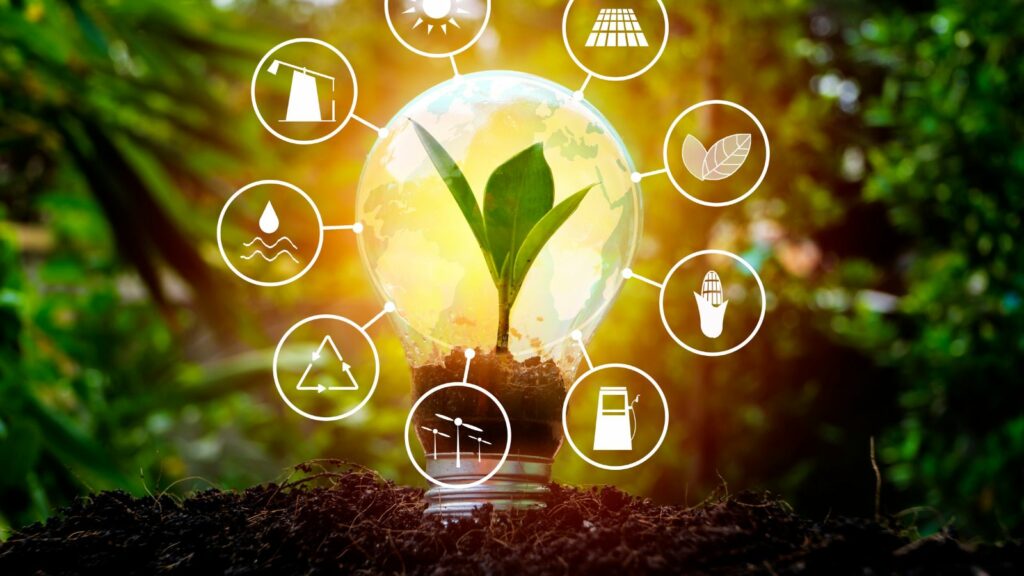In a world grappling with climate change and dwindling natural resources, the call for green energy solutions has never been more urgent. As nations strive to reduce their carbon footprints, innovative energy alternatives are gaining momentum, promising a cleaner and more sustainable future. From solar panels to wind turbines, these solutions not only aim to reduce environmental impact but also offer economic benefits and energy independence.
Green Energy Solutions Calls

Green energy solutions calls refer to efforts by organizations, governments, and companies to drive awareness and adoption of sustainable energy practices. These calls focus on renewable sources like solar, wind, and hydroelectric power, urging stakeholders to invest in or transition to eco-friendly technologies. Such initiatives often include campaigns, policy advocacy, and collaborations to highlight the necessity of reducing carbon emissions and relying less on fossil fuels. They aim to make sustainable energy options accessible and economically viable for a broader audience, fostering a global shift towards cleaner power sources.
Benefits of Green Energy Solutions
Green energy solutions calls offer significant benefits, transforming both environmental and economic landscapes. They support the creation of a sustainable, resilient future.
Environmental Impact
Green energy reduces greenhouse gas emissions, mitigating climate change. Unlike fossil fuels, renewable resources like solar and wind power produce little to no pollution. The use of hydroelectric power further decreases carbon footprints, conserving natural ecosystems. By minimizing reliance on non-renewable resources, green energy preserves biodiversity and supports environmental health.
Economic Advantages
Green energy solutions contribute to job creation and economic growth. The renewable energy sector employs millions globally, driving technological innovation and business opportunities. Investments in green technology decrease energy costs over time, as renewables often have lower operational expenses compared to fossil fuels. Furthermore, energy independence reduces susceptibility to fluctuating fuel prices, stabilizing economies and fostering sustainable development.
Innovations Driving the Change
Advancements in technology have been pivotal in transforming the green energy landscape. These innovations hold the potential to make renewable sources more efficient and accessible.
Technological Advancements

Technological developments are at the forefront of green energy solutions. Solar technology, for example, now incorporates perovskite solar cells which increase efficiency and reduce costs compared to traditional silicon-based cells. Innovations in wind energy, such as floating offshore wind turbines, allow access to stronger winds in deeper waters, generating more power. Battery storage technologies, like advanced lithium-ion and emerging solid-state batteries, enhance energy retention and grid stability by storing excess power for later use. Together, these advancements drive the efficiency and effectiveness of renewable energy, contributing significantly to the shift towards a more sustainable power infrastructure.
Future Outlook for Green Energy Solutions
Green energy solutions continue evolving, suggesting a promising future for renewable energy. Developments in clean energy technologies accelerate this shift, with projected investments expected to surpass $13 trillion by 2030, according to the International Renewable Energy Agency (IRENA). Governments worldwide implement policies supporting clean energy, such as tax incentives and regulatory frameworks, to encourage the adoption of sustainable practices.

Technology advancements drive the future outlook. Innovations such as smart grids enable efficient energy distribution and usage, reducing waste and enhancing overall system reliability. Grid modernization initiatives incorporate digitization and automation, offering resilience and adaptability to variable power generation from renewables.
Companies contribute significantly to the future landscape. Industry leaders develop solutions targeting cost reduction and efficiency enhancement. Tesla, for instance, expands solar energy production and battery storage capacities, fostering distributed energy networks. Siemens Gamesa advances wind turbine technology for greater efficiency.
Policy and collaboration are crucial factors in shaping future prospects. International agreements like the Paris Agreement set targets for reducing carbon emissions, driving nations to transition to green energy. Collaborative projects, such as regional renewable energy initiatives, facilitate sharing of resources and technological expertise.
Global Stability
The path to a sustainable future is illuminated by the promise of green energy solutions calls. As climate change and resource limitations challenge global stability, the shift towards renewables becomes more than just an option—it’s a necessity. With governments, businesses, and individuals rallying behind innovative technologies, the potential for economic growth and energy independence is immense.

